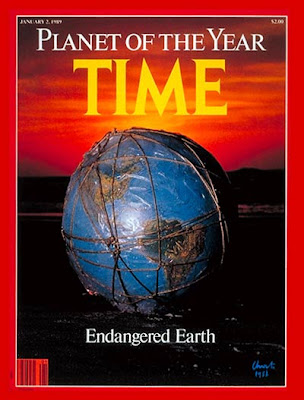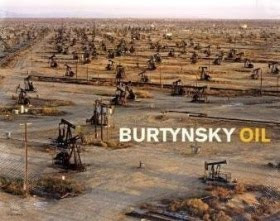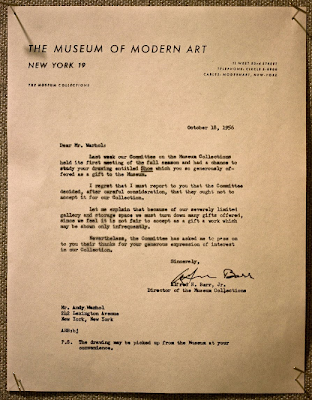 I’ve been trying to read more sources regarding notions of value and systems of exchange in both expired societies and our own. A year of scraping by can remind you about the importance such primary questions. Most artists assume that economic success will be fleeting if not outright unattainable. The current economic downturn after the gilded oughts serves as a stern reminder to the vast majority of artists. If you’ve been an artist for any amount of time you must have come to the cynical observation that the economics feel more like a pyramid scheme than a means to earn a living. A very small number at the top seem to hold almost all of the wealth. The tens of thousands of practitioners who keep missing the booms and bubbles are often waiting for the trickle down affect. It’s an ugly reality that contrasts sharply with general assumptions that the Arts represent progressive values and open mindedness. The Artworld likes the idea that it is a platform for societal critique, boundary breaking and intellectual rigor but often these aspirations appear to be nothing more than window dressing for an economic structure that creates more destruction than anyone wants to admit to. Although many of us have more than enough anecdotal evidence of economic disparity, there seems to be little factual analysis on the subject despite the fact that billions of dollars are generated annually. Why Are Artists Poor? (authored by Hans Abbing), a visual artist and professor of Art-Sociology at the University of Amsterdam. The basic premise of the book is timely: in the world of contemporary art, the poverty of artists is misunderstood. This isn’t just some starving artist cliché perpetuated by the society at large but a blind spot within the community itself.excerpt from the book review:
I’ve been trying to read more sources regarding notions of value and systems of exchange in both expired societies and our own. A year of scraping by can remind you about the importance such primary questions. Most artists assume that economic success will be fleeting if not outright unattainable. The current economic downturn after the gilded oughts serves as a stern reminder to the vast majority of artists. If you’ve been an artist for any amount of time you must have come to the cynical observation that the economics feel more like a pyramid scheme than a means to earn a living. A very small number at the top seem to hold almost all of the wealth. The tens of thousands of practitioners who keep missing the booms and bubbles are often waiting for the trickle down affect. It’s an ugly reality that contrasts sharply with general assumptions that the Arts represent progressive values and open mindedness. The Artworld likes the idea that it is a platform for societal critique, boundary breaking and intellectual rigor but often these aspirations appear to be nothing more than window dressing for an economic structure that creates more destruction than anyone wants to admit to. Although many of us have more than enough anecdotal evidence of economic disparity, there seems to be little factual analysis on the subject despite the fact that billions of dollars are generated annually. Why Are Artists Poor? (authored by Hans Abbing), a visual artist and professor of Art-Sociology at the University of Amsterdam. The basic premise of the book is timely: in the world of contemporary art, the poverty of artists is misunderstood. This isn’t just some starving artist cliché perpetuated by the society at large but a blind spot within the community itself.excerpt from the book review: “Why Are Artists Poor?” explores the panoply of truisms about the art market, the role of the state, the public, and the attitudes of artists themselves. Abbing proposes a multi-disciplinary approach, drawing on the insights of economics, sociology, and psychology. Briefly, he argues that art is shrouded in a pervasive mystique, but that the economy of art is also unique, resembling no other sector of production. The argument is based primarily on a study of the West (Europe, U.K., the Americas), though Abbing feels that his broader conclusions apply equally to the situation in Asia.
In fact, the poverty of artists is a recent phenomenon, with numbers increasing dramatically since WWII. A study of Holland indicates that the vast majority of artists (77%) are living at or below subsistence levels, and cannot make a living from art alone. A second job is necessary, and it typically generates twice the income of the art job. A graph of total income distribution of the artists in Abbing’s study resembles an asymptotic curve, with fewer than 1% at the top who are extraordinarily well off. Paradoxically, with the increase of prosperity in the industrialized nations, the number of impoverished artists has increased as well. Abbing argues that these developments are, in fact, connected.
In economic terms, this suggests an oversupply of artists, but unlike other sectors of the economy, artists do not quit. That they seemingly “cannot do otherwise”, leads Abbing to his first claim: the economy of the arts is exceptional. The usual mechanisms of supply and demand do not function. The question is: why not? Why do people become artists, knowing their compensation will be poor, and why don’t they quit when they have trouble surviving?
A dizzying number of reasons are interrogated and, unsurprisingly, money, fame, and recognition are not decisive factors. The most fundamental explanation for Abbing turns upon a sense that “art is special”, i.e., that to be involved in the art world with a capital-A is a special activity, that artists are driven not merely by their urge to create, but almost by a sense of social obligation. Since the nineteenth century, the practice of art has become a mode of authenticity. Many non-artists tend to see artists as somehow more authentic than themselves. This desire to give expression to an “authentic self” seems to be one of the main forces that attract young people into the arts.
Logically, one would expect that putting more money into the arts, either via state support or other forms of subsidy, would alleviate the poverty of artists. In fact, the opposite seems to be true: the number of poor artists actually increases. To understand why, Abbing distinguishes three groups: a small group who are not poor; second, poor artists, but seen from outside, seem that they “could have” avoided poverty; third, artists who are altogether poor, with the majority belonging to these latter two groups. The third is in the danger zone, but both second and third share a common work ethic: when money comes in, they invest it into their art, buying more equipment, putting more hours into their art job, etc. Their economic condition remains unchanged.
Continue reading at Tokyo Art BeatReview by M. Downing Roberts
































